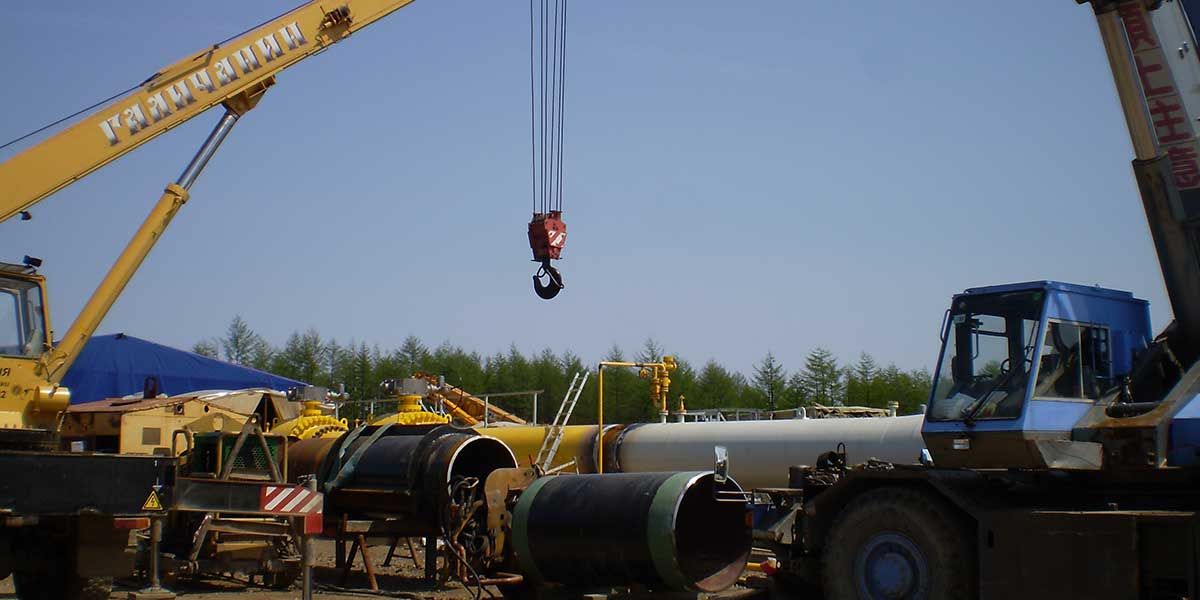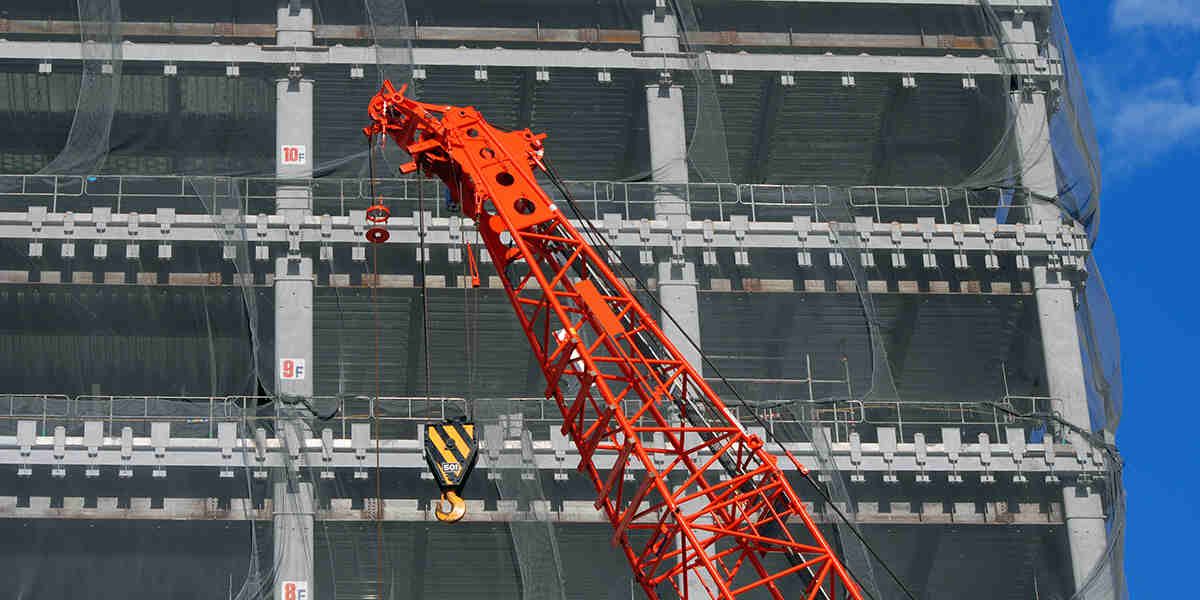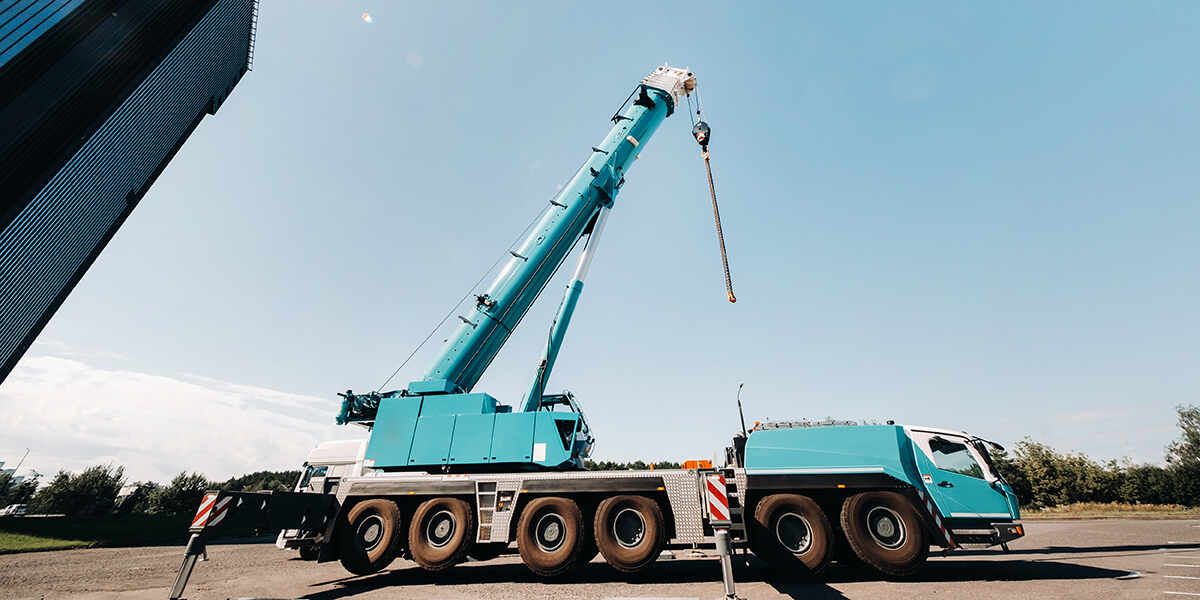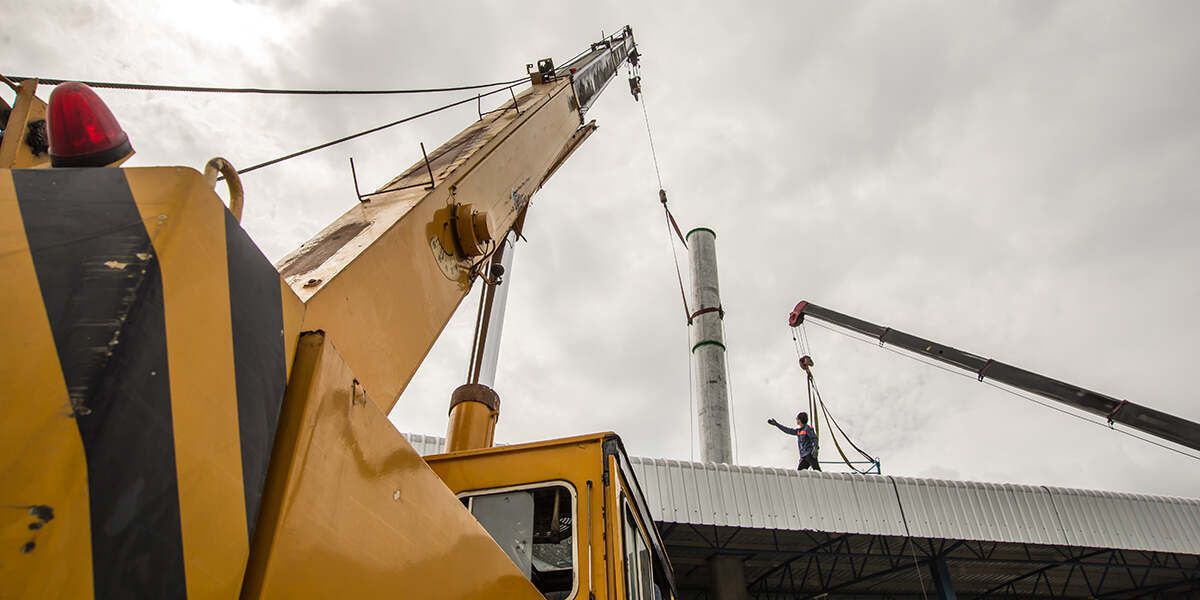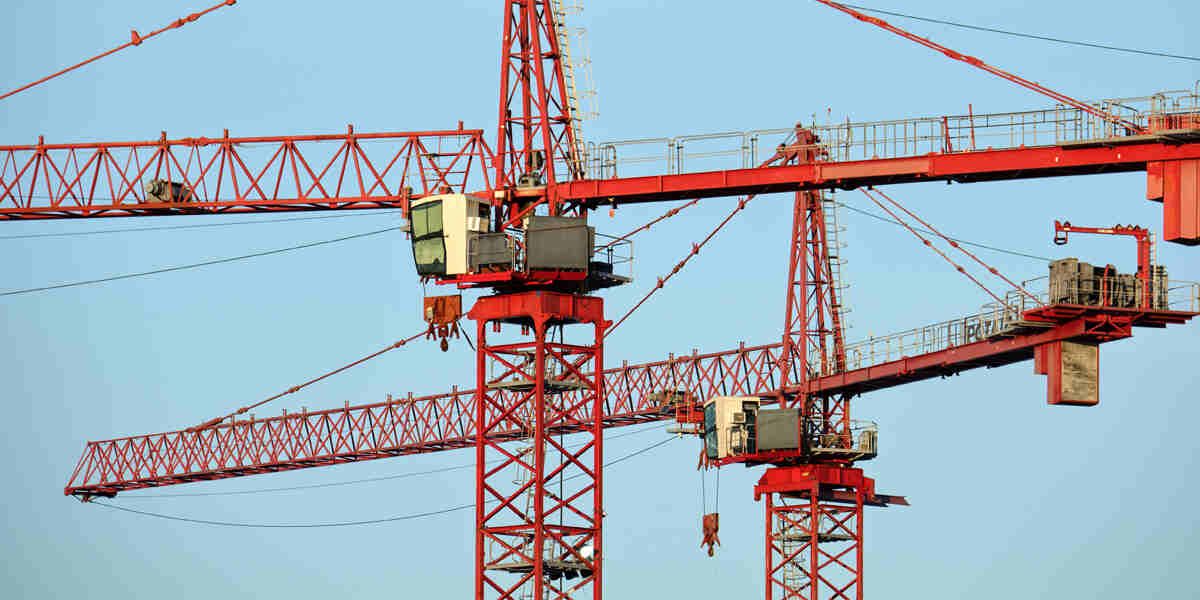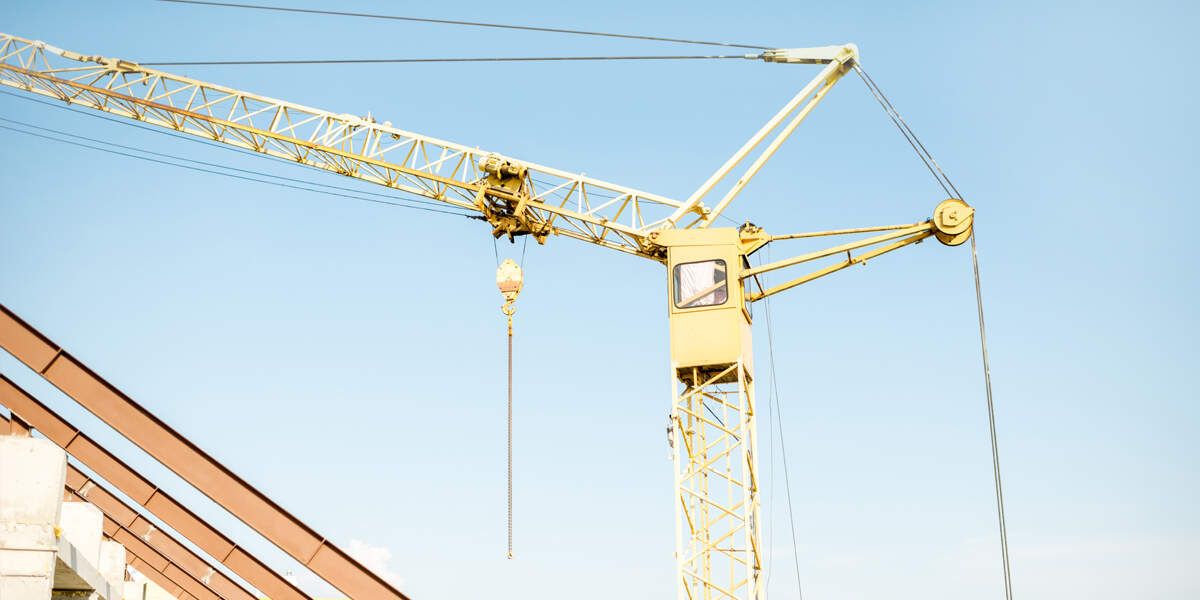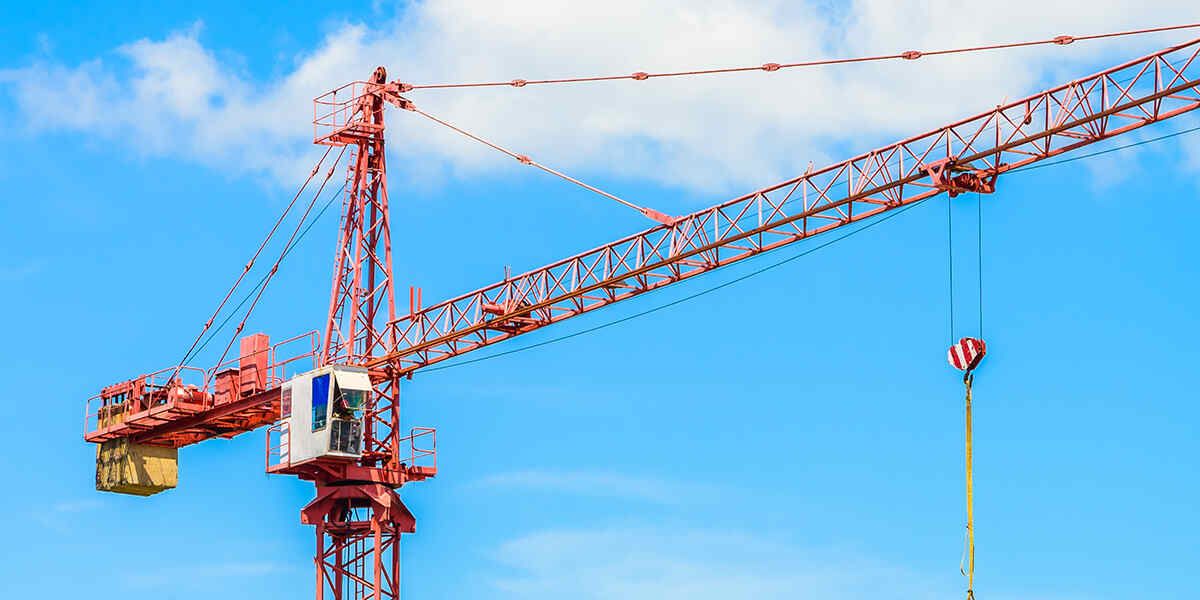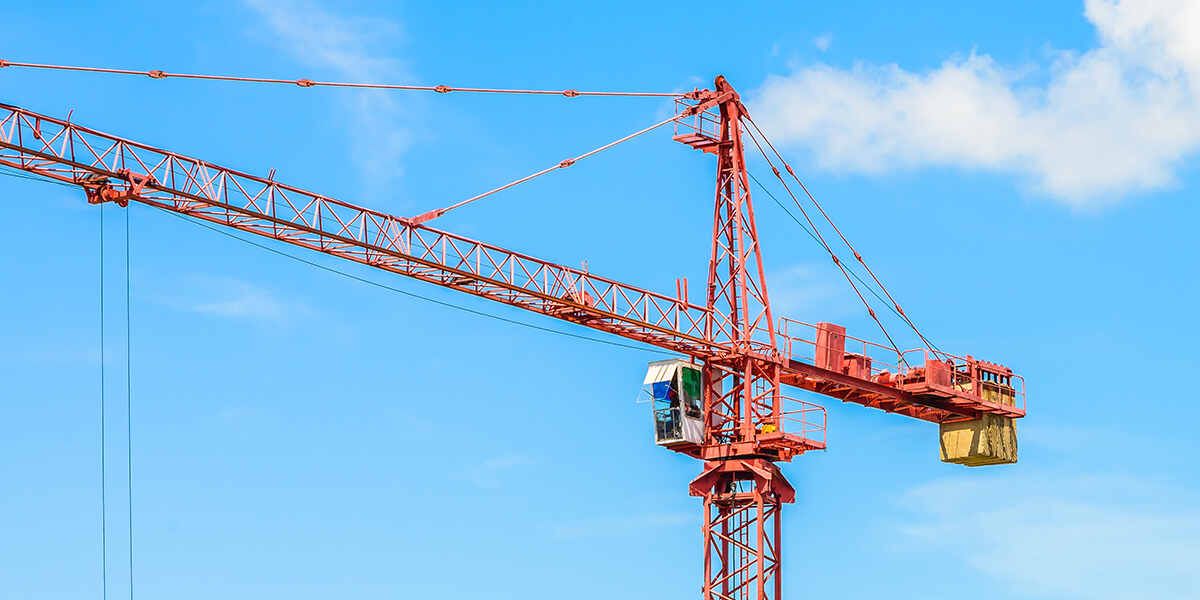A Complete Guide to Machinery Moving and Rigging
Do you ever wonder how massive equipment and machines get from Point A to Point B? The answer is professional rigging and machinery moving, usually with help from crane rentals in Tucson, AZ.
Dismantling and transporting heavy-duty machinery isn’t something anybody can or should do. Here, Hook Crane Services explains what you need to know about machine moving and rigging.
Machinery Moving vs. Rigging: What’s the Difference?
Riggers are specialists who can move any heavy-duty load using specialized rigging equipment, such as crawler cranes, S hooks, skates, and roll-a-lifts. With their expertise, they can determine the logistics of quickly and safely unloading and loading heavy, bulky materials.
Machine movers have the same skill set as riggers, but they have additional training in equipment dismantling and assembly, machine alignment, leveling, and maintenance.
Rigging and machinery moving are essential for many industries and purposes, including:
- Industrial machinery
- Heavy equipment
- Stage erections
- Major lighting installations
- Construction work involving steel and concrete
Essential Safety Protocols for Heavy Equipment Relocation
Due to the nature of the work, machine moving and rigging are dangerous. To protect riggers and movers, stringent safety protocols are in place, and they include mandates for crew members to wear the following personal protective equipment:
- Helmets to protect the head from falling objects
- Protective clothing to protect the body from hot oil, welding sparks, and other harmful materials
- Cotton safety gloves to protect hands from hot surfaces
- Harnesses to protect workers from falls when working from elevated heights
- Safety shoes to minimize the risk of slip-and-falls and injuries from stepping on sharp objects
- Safety goggles to avoid eye injuries
To ensure movers and riggers follow the latest industry safety standards, workers should have proper certifications or degrees that the Occupational Safety and Health Administration (OSHA) recognizes. Having these qualifications means workers have the experience, knowledge, and training to transport loads and resolve issues during the moving process. Workers must also adhere to state regulations, varying from place to place.
Common Rigging and Machine Moving Risks To Avoid
Rigging and machinery moving are complex, so problems can arise. Here are the biggest risks.
Incorrect Attachments
The connections between rigging equipment and machinery must be secure to ensure load stability and structural integrity. Correctly using hooks and learning knotting techniques like clove hitches and square knots can create secure attachments.
Unintentional Overloading
Rigging equipment has weight limits despite its ability to haul heavy items. Overlooking those limits or creating an unbalanced load can compromise the equipment and put the rigger at risk for injuries. Utilizing load-balancing techniques helps prevent shifting and reduce those risks.
Get the Expert Industrial Machinery Transport Services You Need in Tucson
When it comes to rigging and machinery moving in Tucson, Arizona, look no further than our Hook Crane Services professionals. We’re a long-standing crane services provider with MSHA and NCCCO-certified technicians. Our crew has the expertise and specialized rigging tools to transport any heavy-duty equipment safely.
We can help with everything from choosing the right crane to assisting in general construction projects. Call Hook Crane Services in Tucson at (520) 323-0963 for a consultation.
